History
-
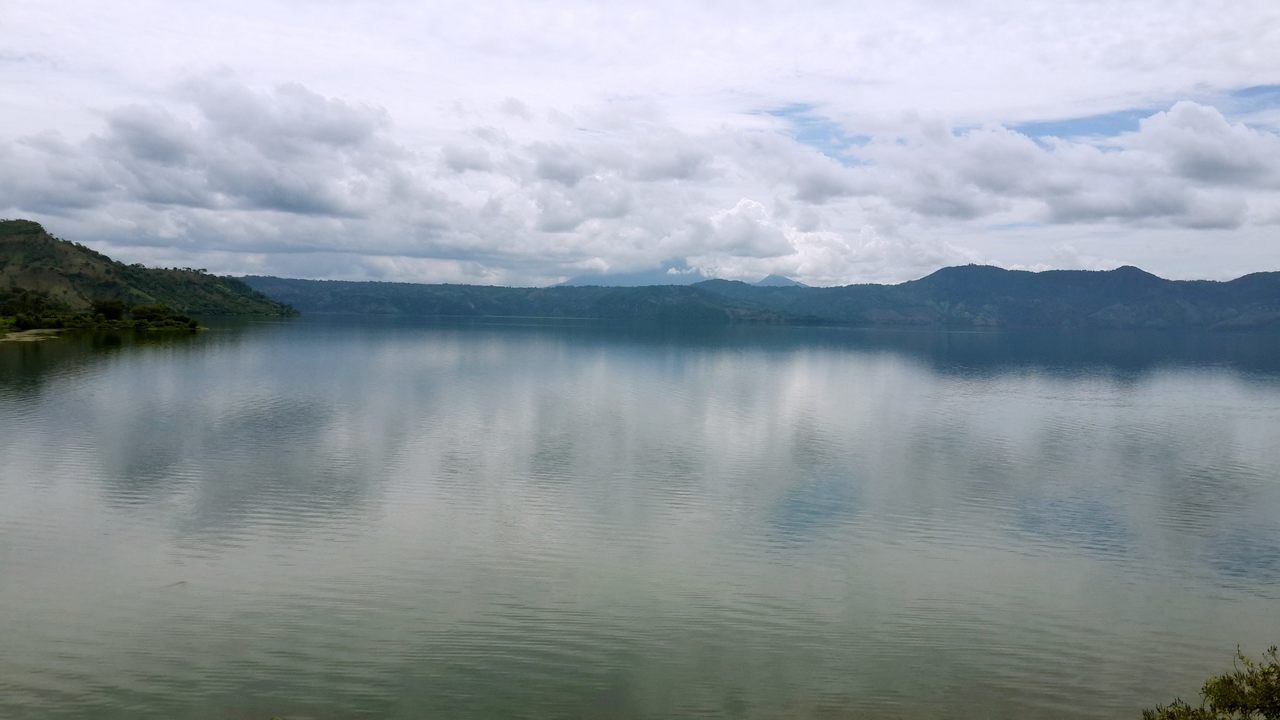
We know from previous experience that large volcanic eruptions like Mount Pinatubo in 1992 can push aerosol droplets high into the atmosphere, reflecting incoming sunlight and causing a cooling effect that can last for several years. A new research report published this week shows that a mysterious eruption that caused global cooling in the 6th…
-
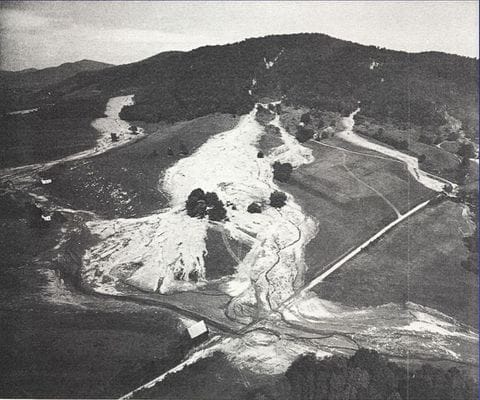
This week marks the 50th anniversary of the landfall of Hurricane Camille, which came ashore in Mississippi in August 1969 with wind speeds of as much as 185 mph and a storm surge that rivaled Hurricane Katrina in 2005, causing a lot of damage along the coast. Fewer people remember that Camille caused a second…
-
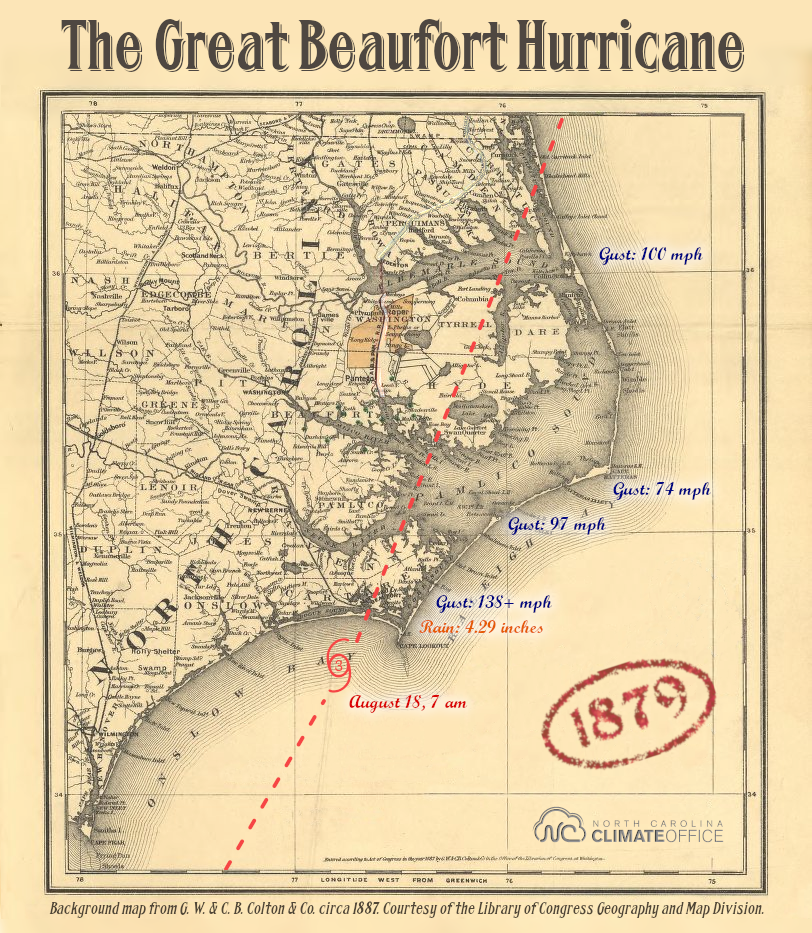
The State Climate Office of North Carolina is starting a series of blog articles about historic hurricanes which have affected their coast in the past. Many of these also affected the coasts of South Carolina and Georgia. While there have not been too many hurricanes which have affected this region in recent years compared to…
-
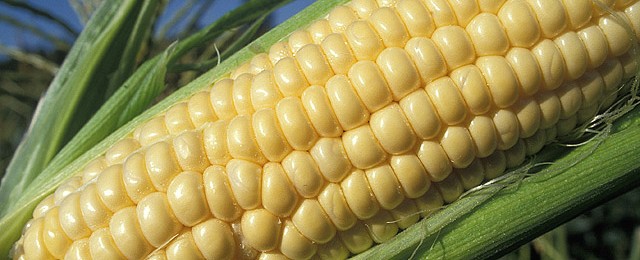
We know from archaeological ruins that there have been great civilizations in the past that seemingly disappeared from view. Some of those may have been decimated by disease or warfare, but some of them almost certainly were harmed by changes in climate such as multi-year droughts that may have made it impossible for them to…
-
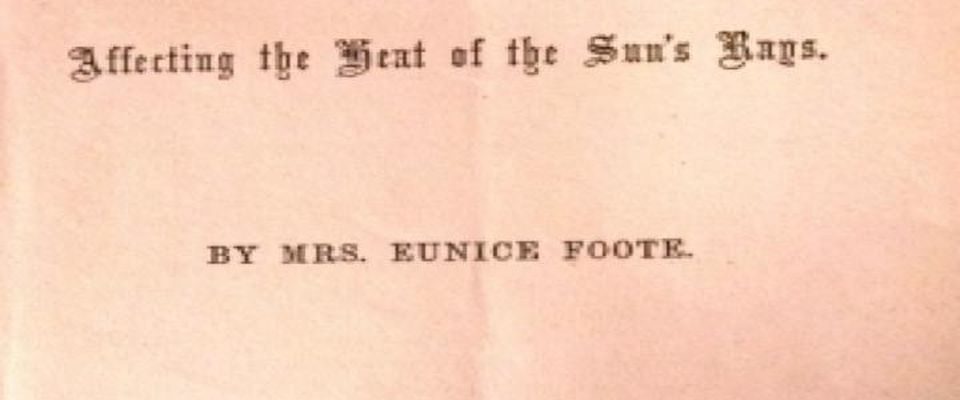
Today is the 200th anniversary of the birthday of Eunice Foote, one of the first scientists to study climate science and start to understand how carbon dioxide can affect earth’s atmosphere. My colleague Dr. Marshall Shepherd wrote a blog post about Foote in today’s Forbes.com. In the article he says: What exactly did Eunice Foote…
-

In the news today (see first story below) was a story that we can put a dent in climate change by planting billions or even trillions of trees, which will absorb and store carbon dioxide. While that will help slow the increase in CO2 in the atmosphere, it really only buys some time, since the…
-

Did you know that most of the Southeast used to be covered by grasslands? Now, of course, much of the land is either cultivated for crops or planted as forest, much of which produces agricultural products like timber or wood pellets as well. Here is an interesting story about the grasslands of the Southeast and…